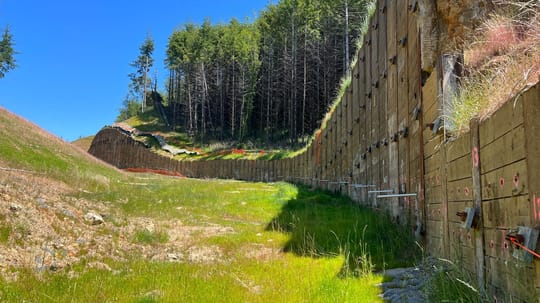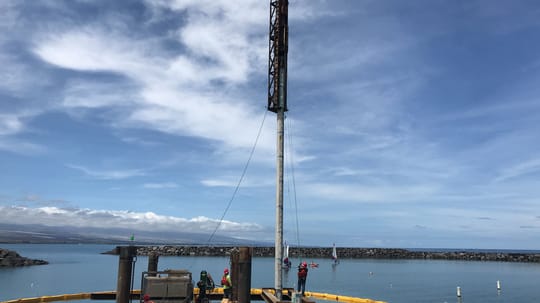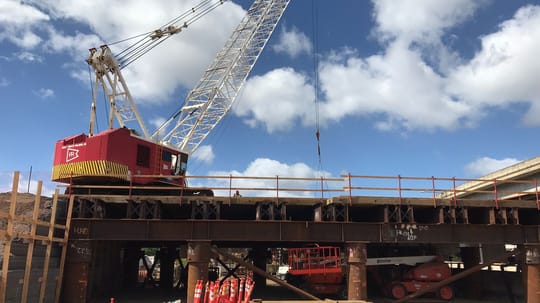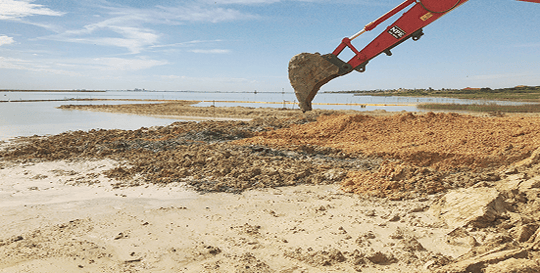
We think
differently
We deliver practical solutions to the complicated means-and-methods problems that confound other engineers.
Services

Braced, cantilever, and tied-back shoring for pump stations, urban development, nearshore marine structures, and trenchless crossings.

Pumped, gravity, and hybrid systems for lowering groundwater below working grades in shored excavations and cut slopes.

Gravity and pumped stream diversions for bridge construction, culvert replacement, fish passages, and dam/spillway repairs.

Temporary and permanent retaining walls for road widenings, bridge modifications, access ramps, seawalls, and site development.

Wave equation analyses, template designs, hammer selection studies, value engineering redesigns, predrilling evaluations, and general troubleshooting.

Work platforms supporting cranes, oscillators, and excavators working over water on bridges, ferry ramps, wharves, and berthing dolphins.

Nonvibratory piles with capacities from 10 to 800 kips supporting trestles, machines and equipment, boardwalks, and buildings.

Densification- and reinforcement-based systems that mitigate liquefaction, control settlement, and limit earthquake forces.

Site-specific site response analyses, time histories and geotechnical input for performance based designs, fault crossings, and time-domain numerical simulation.
Featured Projects




Geotechnical Musings

Any method that we deploy to solve engineering problems is an engineering tool. This is a note about the importance of trust while solving difficult design and construction challenges. I’ve always aspired to the role of “Trusted Advisor.” The less-bragadocious “Chief Engineer” was a bar I could clear more consistently, so I put that onaaa
ReadWhen will we see the Stimulus?By:Doug Schwarm On: June 18, 2020Infrastructure stimulus projects will almost certainly be part of our economic recovery. Continuing our conversation about Pandemic Strategy, this article focuses on the likely stimulus rollout schedule and, during the interlude, what strategic actions we should take to prepare. Success happens so often to whomever is standing in the right place at the right time. Opportunity knocks andaaa
ReadHow will you invest your lull?By:Doug Schwarm On: March 18, 2020This is a message of optimism and hope, of an opportunity long awaited that is finally set to arrive. But you need to read to the end to get to the positive, encouraging part. The next two paragraphs are not comforting at all. If you are already feeling redlined trying to chart a course foraaa
Read